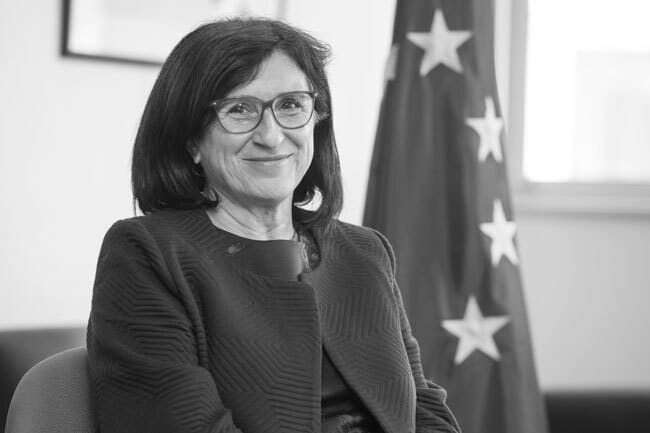Carole ULMER
Director of studies, Confrontations Europe
When first launched, the Juncker plan announced two objectives: to put long-term investment at the top of the EU agenda and increase Europe’s growth potential. Eighteen months have passed, and the European Fund for Strategic Investments (EFSI) has played a role in mobilising €138.3 billion for new investments in 27 Member States. Confrontations Europe drew several lessons from this first phase at its conference on long-term investment in June 2016, and made a number of proposals for “taking it up a level”, for preparing for the future and for adapting the plan in response to criticism.
On 14 September 2016, the Commission proposed extending the EFSI and increasing its strike force with a €500 billion target by 2020, recommending €630 billion by 2022. The ECOFIN Council has recently endorsed this proposal. The European Investment Bank (EIB) does not believe the initiative should be interpreted as an attempt to “reinvent” the Juncker Plan, which it is convinced works well overall and considers an economic necessity. It does however want to “provide clarification” and believes “fundamental reorientation” is needed on various critical points already raised by Confrontations Europe and others.
The first concerns the sensitive issue of additionality. Various recent studies (European Court of Auditors, Bruegel, EY) question its principle. Would not the investments allocated to benefit from government backing have gone ahead anyway? Are the financed projects truly riskier than those funded previously by the EIB? More generally, an initial analysis of these investments reveals an insufficient number of projects addressing the needs of new generations, climate change, industrial and digital innovation or, more significantly, human capital. Are projects chosen in relation to the EU’s strategic priorities, notably those involving the Commission’s Directorates-General? What are the project eligibility criteria? To top it all, it is a demand-driven principle, and the eligibility procedure is managed entirely by the EIB while the public authorities take a back seat. The Plan has been criticised specifically for having financed a motorway in Germany, whereas raising funds for example for vocational training still seems to pose a problem, including in the new phase of the Plan. Long-term investment is a societal choice, and this new phase intends to clarify the responsibilities and need for new democratic and institutional conditions to make more effective progress while also demanding greater transparency in the Investment Committee, which should have to publicly justify its approval of each project. The focus will be on investing in the future. New industries will be included, for example defence and security, and a non-binding target set requiring that 40% of projects address the fight against global warming. However, investment in human capital remains a blind spot, even in the Plan’s new form.
The geographical distribution of funding – in particular with regard to infrastructure – has also been criticised. Projects often lack the public funds (subsidies, structural funds, etc.) they need to be viable. In its September 2016 proposal, the EIB demonstrates a will to ensure a more even geographical distribution, notably by strengthening its technical support network in the cohesion countries.
Discussions are underway on the necessary financial instruments. If we want to move towards greater equity, which is more capital-intensive, we must rethink the entire recapitalisation logic. Meanwhile, regulatory changes have been proposed for structural funds in order to encourage “blending”.
The European Commission is now taking a more global approach to the policy mix, and the current shift in the Plan reflects this. Fiscal policy has been abandoned. Member States can secure long-term debt at extremely low interest rates, yet they do not seize the opportunity to invest in the long term. And unproductive debt continues to rise. Brussels wishes to spur additional public investment to the tune of about 0.5% of GDP in the euro area. It intends to lead the way with the Juncker Plan, but much remains to be done.












